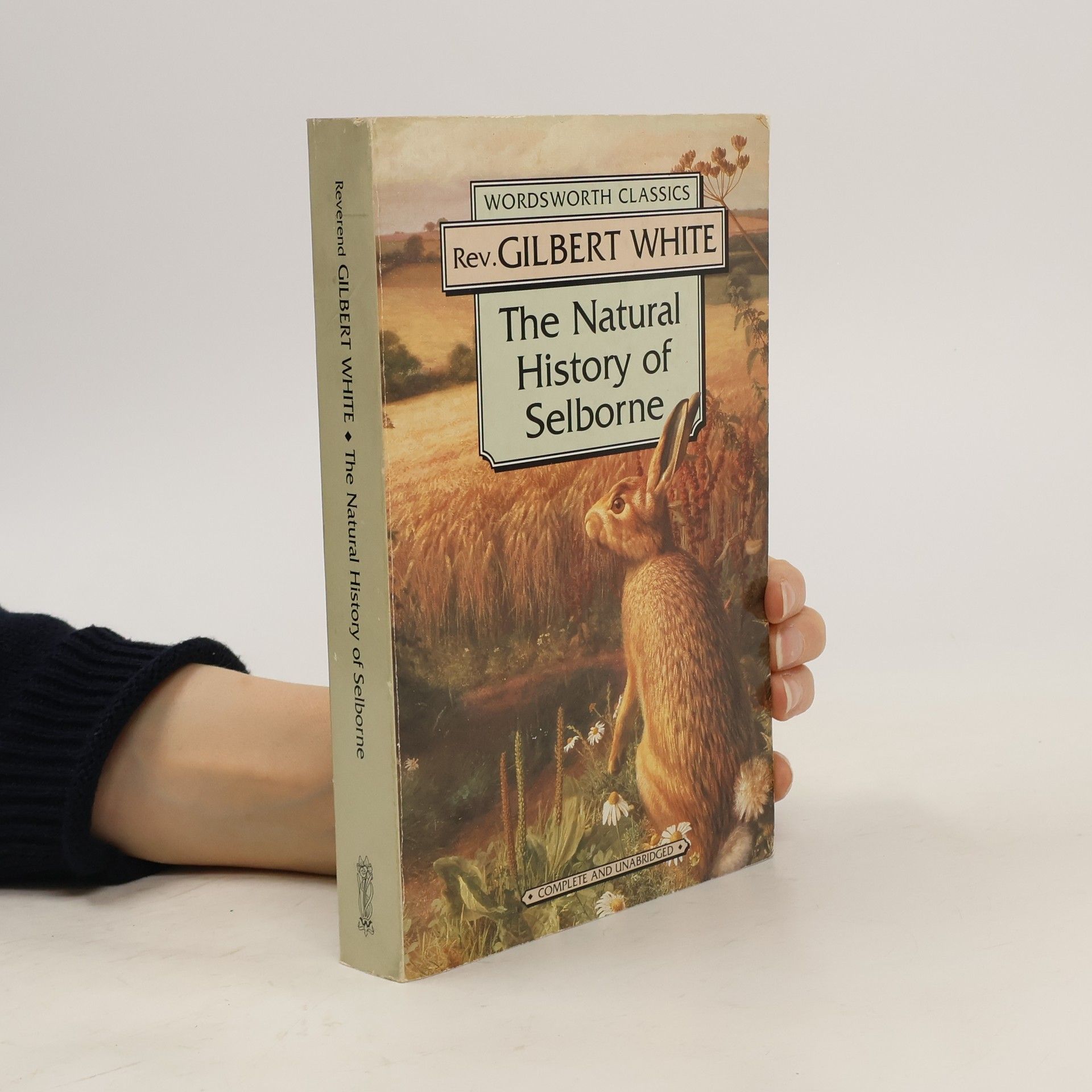The Natural History of Selborne (1789) is the distillation of a lifetime of observing nature, and ranges far beyond White's immediate neighbourhood noted in the title. Written during a turbulent time in world history, it is a celebration of the endeavours of both human beings and animals to survive. White's main aims were to induce readers to pay more attention to the wonders around them, and to advance their knowledge of the variety of life: his success has made this book a classic, and has made his name one of the most revered among British naturalists.
Gilbert White Books
Gilbert White was a pioneering English naturalist and ornithologist, often described as a "parson-naturalist." More than any other writer, White profoundly shaped humanity's relationship with the natural world. A century before Darwin, he grasped the vital role of earthworms in soil formation and understood the significance of territory and song in avian behavior. His precise, scrupulously honest, and unaffectedly witty observations allowed him to interpret animal behavior in a uniquely insightful manner, leaving a lasting literary legacy.




Natural History Of Selborne: With Its Antiquities, Naturalist's Calendar, Etc.
- 452 pages
- 16 hours of reading
Culturally significant, this work is a faithful reproduction of an original artifact, preserving its historical integrity. It includes original copyright references and library stamps, reflecting its importance in major libraries worldwide. This preservation effort highlights the work's contribution to the knowledge base of civilization, making it a valuable resource for scholars and readers interested in historical texts.
Die Erkundung von Selborne durch Reverend Gilbert White
Eine illustrierte Naturgeschichte
Als Georg Forster 1772 an Bord von Captain Cooks Weltumseglungsschiff ging, arbeitete Gilbert White schon seit über zwei Jahrzehnten fern von allen Akademien an seinen eigenen naturkundlichen Beobachtungen. Vor allem an seinem Geburtsort Selborne in Hampshire in Südengland, in dem er als Kaplan die umliegenden Pfarreien betreute, führte er Tagebuch über die Wind- und Witterungsverhältnisse. Er verfolgte die Jahreszeiten und machte sich präzise Notizen zur Selborne'schen Pflanzen- und besonders der Tierwelt. Mit dem Stapel seiner Notizen wuchs auch seine Sammlung von in Brandy konservierten Präparaten, die seinen Besuchern den Artenreichtum der örtlichen Fauna augenfällig machte